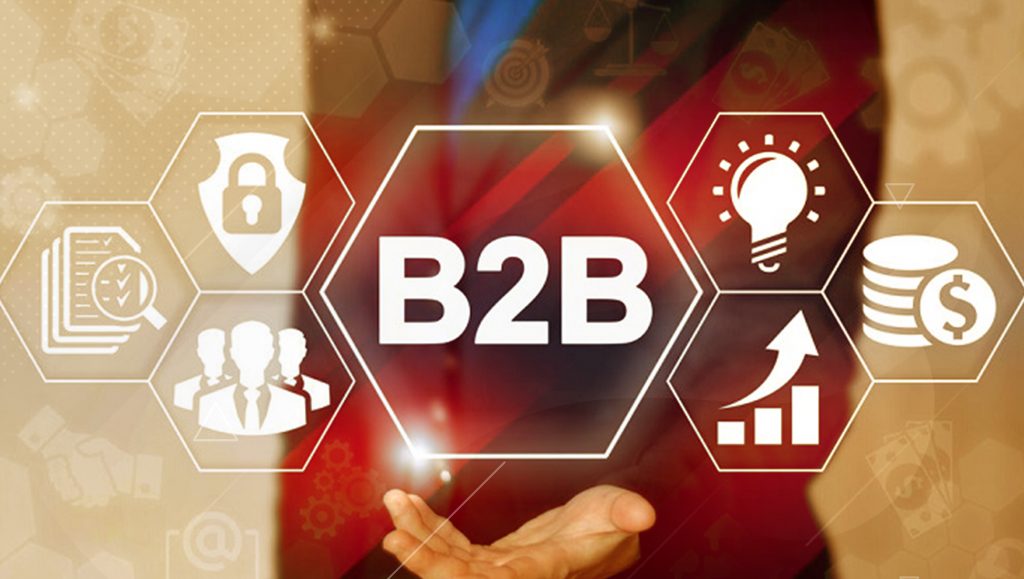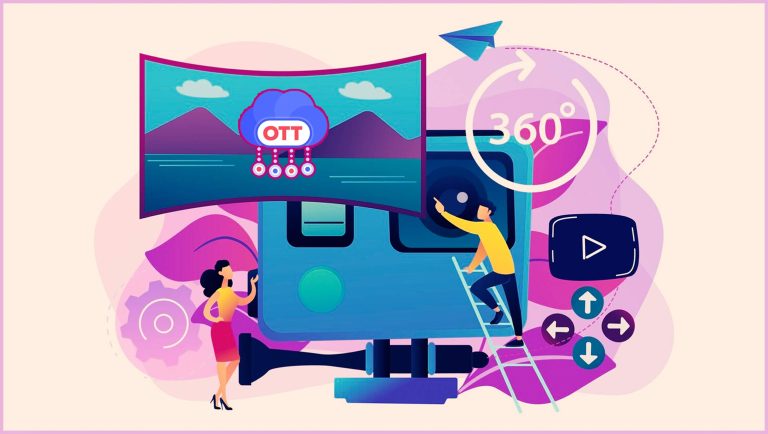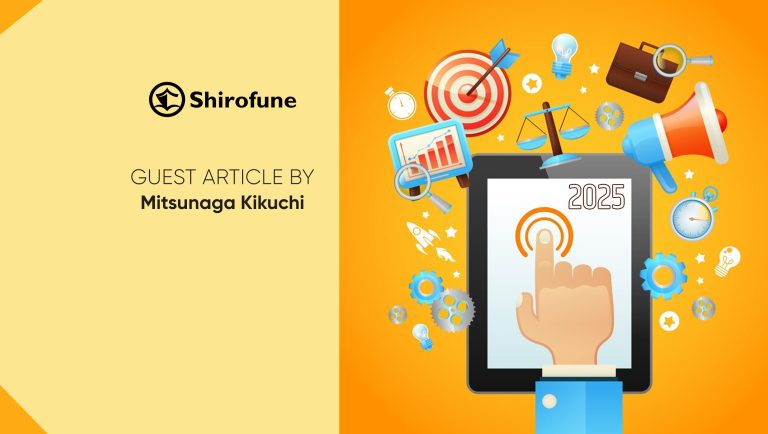Omnichannel customer engagement and customer review management are table stakes for B2C brands that want to win and keep customers. Now they’re becoming important for B2B companies, too. That’s because B2B decision-makers are bringing purchasing habits from their consumer lives to work—and they’re changing the way B2B Marketing works in the process.
These B2B decision-makers often study customer reviews, just as consumers do. And their experiences with consumer brands have raised their expectations for consistent, personalized interactions with B2B brands. However, many B2B brands have been slow to move away from traditional customer engagement strategies and adopt new ones. The time to start making that transition is now.
B2B e-commerce is expected to grow by 10% a year over the next half decade, according to Forrester Research. That means that digital engagement strategies like review management become more important each year. However, Accenture Strategy has found that only 20% of B2B companies have mastered customer experience strategies. The rest, they say, “are at risk of seeing their revenue growth slip away,” as B2B customers seek out relevant information and good experiences.
Read More: Accessory or Necessity? Here’s Why You Can No Longer Afford to Ignore Influencer Marketing
Customer Reviews Matter for B2B Brands
More than half of B2B decision-makers—56%—read user reviews before making a purchase now, according to TrustRadius research. That means user reviews are now the second-most popular resource (tied with vendor/product websites) for pre-purchase information. And 92% of B2B buyers say reading product reviews from sources they trust makes them more likely to purchase the product, according to a G2 Crowd study. However, only 20% of the B2B companies in that study said they’re thinking about using reviews in their Marketing.
A well-managed customer review program gives prospective customers the peer-to-peer information they want when they’re planning a purchase. A good review program can also give B2B brands a competitive advantage, because so few B2B companies have adopted that approach.
Customer reviews can play other roles in a B2B Marketing program, too. When you request reviews, you invite more customer engagement. When customers make time to share their experiences, their feedback can help you improve your offerings and find potential subjects for case studies and testimonials. Positive reviews can be part of your social media and email campaigns. And the more robust your review program is, the more online presence and trust your brand builds.
Because buyers trust recent reviews the most, according to G2 Crowd, it’s important to build and fill a pipeline with reviews so that you always have fresh feedback, ongoing customer engagement, and review content that’s most trustworthy to prospective buyers. Managing multiple review channels, leveraging reviews for Marketing and nurturing a steady flow of new reviews is time- and resource-intensive. That’s why review programs work best as part of an omnichannel customer engagement strategy that uses automation to be more responsive and efficient.
Read More: Why Flexibility Is the Key to Success in Market Research
Planning Omnichannel Customer Engagement and Review Management
Omnichannel customer engagement delivers a personalized, seamless customer experience across platforms and devices. A well-planned Omnichannel program that includes review management can offer two of the top 3 elements of B2B value: expertise and responsiveness. Only product quality matters more to B2B buyers, according to the Harvard Business Review.
Despite the advantages of omnichannel engagement, many B2B companies are just now making the transition to Digital Marketing. More than half started their digital programs within the past three years, according to CMSWire. Meanwhile, half of B2B decisionmakers now start their research on social media, which highlights how important it is for companies to make the transition soon.
Start by defining the scope of your program. To be truly Omnichannel, your customer engagement and review management program should include:
- the digital channels you use to reach customers
- the platforms where reviews of your brand appear
- offline interactions like telephone calls, showroom conversations and industry events
Your program also needs to include all departments whose work impacts customer experience. This means your program will go beyond the Marketing department to involve Sales, Service, Support and other departments that may have been siloed until now so that you’re all getting the same data and working from the same customer engagement playbook.
A coherent message, tailored to your audience and delivered at the right time, displays your brand’s expertise, one of the value elements B2B buyers care about most. To accomplish this, you’ll need the right software. Customer engagement and review management programs collect, analyze and share large amounts of data. Automation can help with tasks like review and reputation management, social media post scheduling, email drip campaigns and synchronizing customer data across channels.
To show responsiveness, one of the other top value elements, review management tools can help you respond to customer feedback quickly, whether that feedback comes from review sites, social media or your website’s product review program. Your response team will need guidelines for responding to negative reviews and guidance on when to ask positive reviewers for a testimonial or case study interview. Your review management tools should also make it easy to share your good reviews on social media, on your website and in Marketing emails—in other words, across all channels.
Developing review management and omnichannel customer engagement programs is a major undertaking, and an important one. As more B2B decisionmakers adopt B2C purchasing habits in the workplace, reviews and comprehensive customer engagement will separate the B2B companies that thrive from the rest.
Read More: The Future of Business Intelligence: Invisible Analytics and Embedded Insights






















